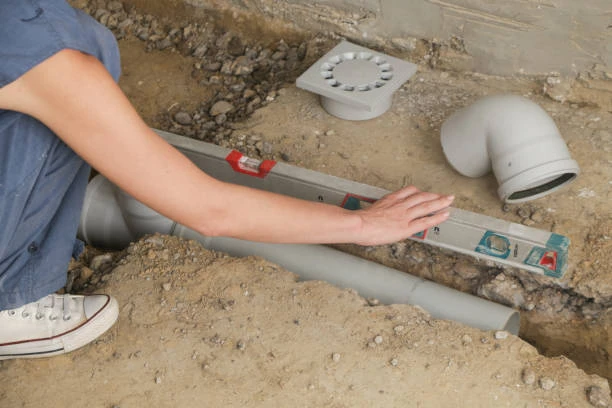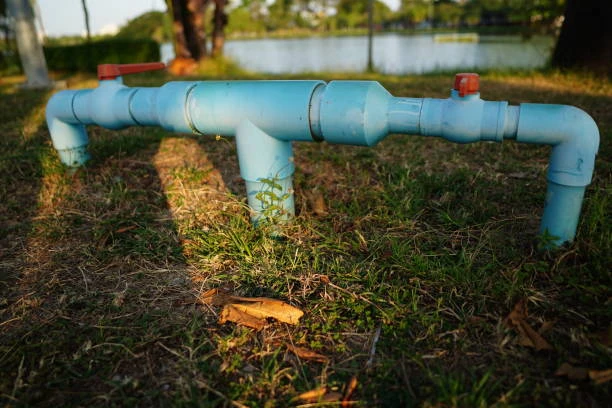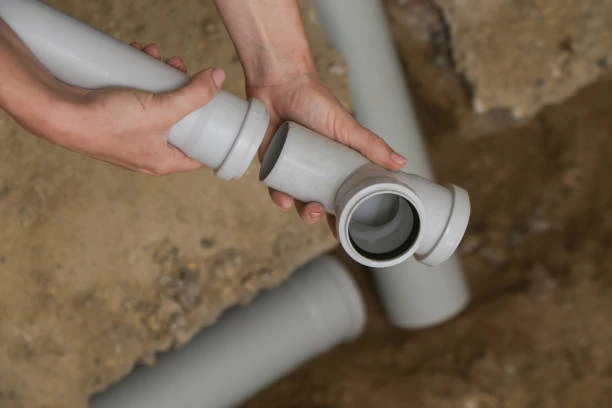Epigral, a prominent player in the polymer industry, has recently commissioned a state-of-the-art CPVC (Chlorinated Polyvinyl Chloride) resin plant in Dahej, with an impressive capacity of 45,000 tons per annum (TPA). This strategic move not only enhances Epigral’s production capabilities but also strengthens its position in the growing PVC market. The commissioning of this plant comes at a time when the demand for PVC materials, especially in plumbing and construction, is surging due to their superior properties.
The Importance of CPVC Resin
PVC resin is crucial for manufacturing various products, particularly in the plumbing sector. It offers excellent chemical resistance, high-temperature tolerance, and durability, making it ideal for both residential and industrial applications. As building standards become more stringent, the need for reliable and efficient materials like PVC continues to rise.
Benefits of CPVC
CPVC (Chlorinated Polyvinyl Chloride) offers several significant advantages in both construction and industrial applications:
- Corrosion Resistance: CPVC is highly resistant to various chemicals, including acids, bases, and salts, making it ideal for chemical processing and industrial piping systems.
- High-Temperature Resistance: It can withstand higher temperatures, typically up to 200°F (about 93°C), which makes it suitable for hot water transport.
- Lightweight: Compared to traditional metal pipes, CPVC is lighter, making it easier to handle and install, thus reducing labor and transportation costs.
- UV Resistance: CPVC has excellent UV resistance, allowing it to be used outdoors without significant degradation or brittleness over time.
- Low Thermal Conductivity: Its low thermal conductivity helps minimize heat loss during hot water transport, enhancing energy efficiency.
- Easy Installation: CPVC pipes can be easily bonded using solvents, simplifying the installation process and reducing construction time and costs.
- Cost-Effectiveness: Generally, CPVC is less expensive than metal piping options, both in terms of material and maintenance costs, making it a viable choice for large-scale projects.
- Efficient Fluid Transport: The smooth interior surfaces of CPVC pipes reduce friction loss, leading to improved fluid flow efficiency.
- Rust-Proof: CPVC does not rust or corrode, extending its lifespan and reducing the frequency of replacements.
- Recyclability: CPVC is recyclable, aligning with sustainable practices and minimizing environmental impact.
Overall, these benefits make CPVC a popular choice in modern construction and industrial applications.
PEX Fittings: An Essential Component
Overview of PEX Fittings
As PVC gains popularity, PEX (cross-linked polyethylene) fittings are becoming increasingly important in plumbing systems. PEX fittings provide flexibility and ease of installation, allowing for versatile plumbing configurations. This compatibility with PVC pipes creates a robust and efficient plumbing solution.
Advantages of PEX Fittings
- Flexibility: PEX fittings can bend and curve, making them ideal for navigating around obstacles and reducing the number of joints.
- Corrosion Resistance: PEX does not corrode or develop scale, ensuring a clean and efficient water supply.
- Quick Installation: With fewer tools required for installation, PEX fittings save time and reduce labor costs.
The Synergy Between PVC and PEX
Combining PVC pipes with PEX fittings creates a plumbing system that maximizes the strengths of both materials. While PVC provides durability and chemical resistance, PEX offers flexibility and ease of installation. This synergy is particularly beneficial in complex plumbing layouts, where traditional materials may fall short.
The Market Landscape
Rising Demand for CPVC
The commissioning of the Dahej plant aligns with the rising global demand for PVC, driven by factors such as increased construction activities, urbanization, and the need for efficient water management systems. As industries seek to improve their plumbing infrastructure, the demand for PVC resin is expected to grow steadily.
Regional Insights

- Asia-Pacific: This region is witnessing rapid urbanization, leading to increased construction activities and a growing demand for PVC products.
- North America: With stringent building codes and a focus on durable plumbing solutions, North America remains a significant market for PVC.
- Europe: Environmental regulations favoring sustainable materials are driving the adoption of PVC in various applications.
Challenges in the CPVC Market
Despite the positive outlook, the PVC market faces several challenges:
- Competition from Alternative Materials: PEX, copper, and other materials present significant competition due to their unique advantages.
- Environmental Concerns: The production and disposal of PVC raise questions about sustainability, pushing manufacturers to develop more eco-friendly practices.
- Price Volatility: Fluctuations in raw material costs can impact the overall pricing of PVC products.
Future Outlook for CPVC and PEX
The future of the CPVC market looks promising, with continuous advancements in technology and increasing demand for sustainable materials. As building codes become more rigorous and the need for efficient plumbing systems grows, CPVC’s advantages will become even more relevant.
Conclusion
Epigral’s commissioning of a 45,000 TPA PVC resin plant at Dahej is a strategic move to capitalize on the growing demand for PVC materials in the plumbing and construction sectors. The integration of PEX fittings into plumbing systems further enhances the versatility and efficiency of PVC solutions. As the market evolves, both PVC and PEX will play pivotal roles in shaping the future of plumbing infrastructure.
FAQs
- What is CPVC and why is it used?
CPVC stands for Chlorinated Polyvinyl Chloride, known for its chemical resistance and high-temperature tolerance, making it ideal for plumbing applications. - What are the benefits of using PEX fittings with PVC?
PEX fittings offer flexibility, ease of installation, and resistance to corrosion, complementing the durability of PVC pipes. - How does PVC compare to PEX?
PVC is more rigid and better suited for high-temperature applications, while PEX is flexible and easier to install in complex plumbing layouts. - What factors are driving the growth of the PVC market?
Increased construction activities, the need for efficient plumbing solutions, and stringent building codes are key drivers of growth in the PVC market. - Are there any environmental concerns related to PVC?
Yes, the production and disposal of PVC raise sustainability questions, prompting manufacturers to seek more eco-friendly practices and materials.


















